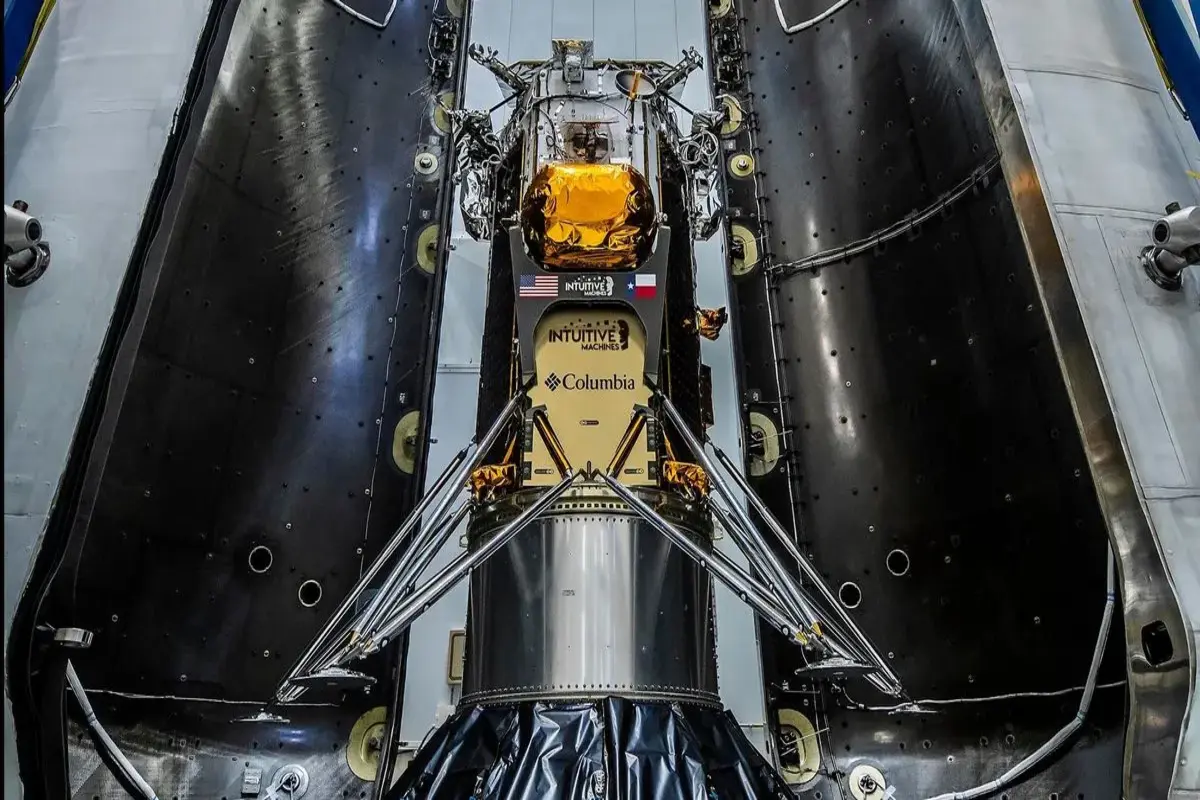
NASA announced Wednesday that US firms will launch for the Moon on February 14, less than a month after a similar mission failed, with the spaceship burning up in the Earth’s atmosphere.
The upcoming attempt will use a lander developed by Houston-based Intuitive Machines and mounted on top of a SpaceX rocket, as opposed to the last attempt, which used a United Launch Alliance rocket and an Astrobotics lander.
However, the stakes remain just as high: accomplishing America’s first soft landing on the lunar surface in five decades, and the first by private industry.
SpaceX plans a 12:57 a.m. (0557 GMT) launch from Florida’s Kennedy Space Centre, with Intuitive Machines’ Nova-C lander landing on the Moon on February 22 in an impact crater near the lunar south pole.
NASA paid Intuitive Machines more than $100 million to transport its scientific equipment on the mission, as part of a larger plan to boost the lunar economy and transfer routine cargo missions to the private sector.
The Nova-C lander’s payload includes equipment to better understand the lunar environment as NASA prepares to return human crew members to the celestial body as part of the Artemis programme later this decade.
It also has more colourful cargo, including artwork by Jeff Koons.
Only five countries have achieved soft lunar landings. The Soviet Union was the first, followed by the United States, which remains the only country to send people to the Moon. China has accomplished this accomplishment three times in the last decade, followed by India and most recently Japan.
On January 20, Japan’s lander landed on its side, knocking its solar panels out of alignment.
Astrobotic’s failure was the third failed non-government mission, following the crash landings of an Israeli organisation and a Japanese business in 2019 and 2023, respectively.
Landing on the Moon is hampered by dangerous terrain and a lack of atmosphere, thus parachutes are not an option and a spaceship must utilise thrusters to perform a controlled descent.
Also read: Markets Rise In Early Trading Ahead Of RBI’s Interest Rate Decision
To read more such news, download Bharat Express news apps



















